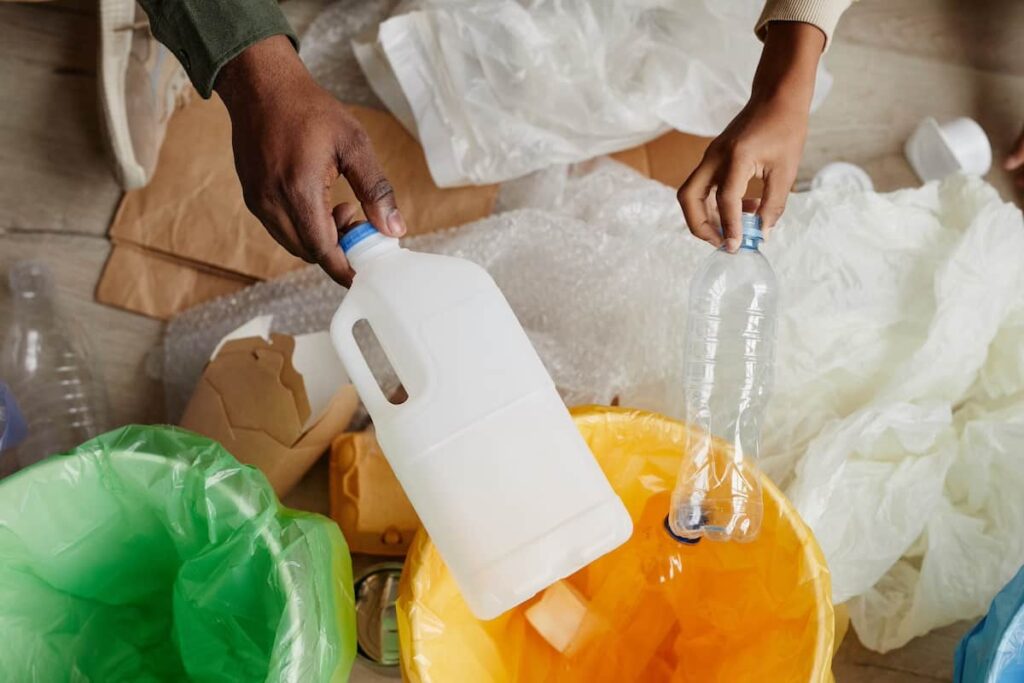HDPE Recycling: Unraveling the Boons for a Sustainable Future

High-density polyethylene (HDPE), a thermoplastic polymer derived from petroleum, plays an indispensable role in our daily lives, boasting a multitude of uses across various sectors such as packaging, construction, automotive, and more. Yet, the question arises – what happens to all the HDPE waste that our society generates? How should we deal with it to […]
Deciphering the Future of HDPE Recycling

The dynamic field of HDPE recycling serves as a key component in the global challenge to effectively manage our escalating plastic waste crisis. Current practices incorporate diverse stages of sorting, cleaning, and reprocessing, riddled with multiple efficiencies and hurdles. These have huge implications for the environment, influenced not just by the actual recycling operations, but […]
Impact of HDPE Recycling On Our Environment

Often hiding in plain sight within everyday objects, High-Density Polyethylene (HDPE) is a type of plastic notable for its strength, durability, and versatility. From food storage containers to laundry detergent bottles, HDPE Recycling plays a significant role in our daily lives. However, alongside its ubiquity comes the challenge of managing HDPE waste, a topic warranting […]



